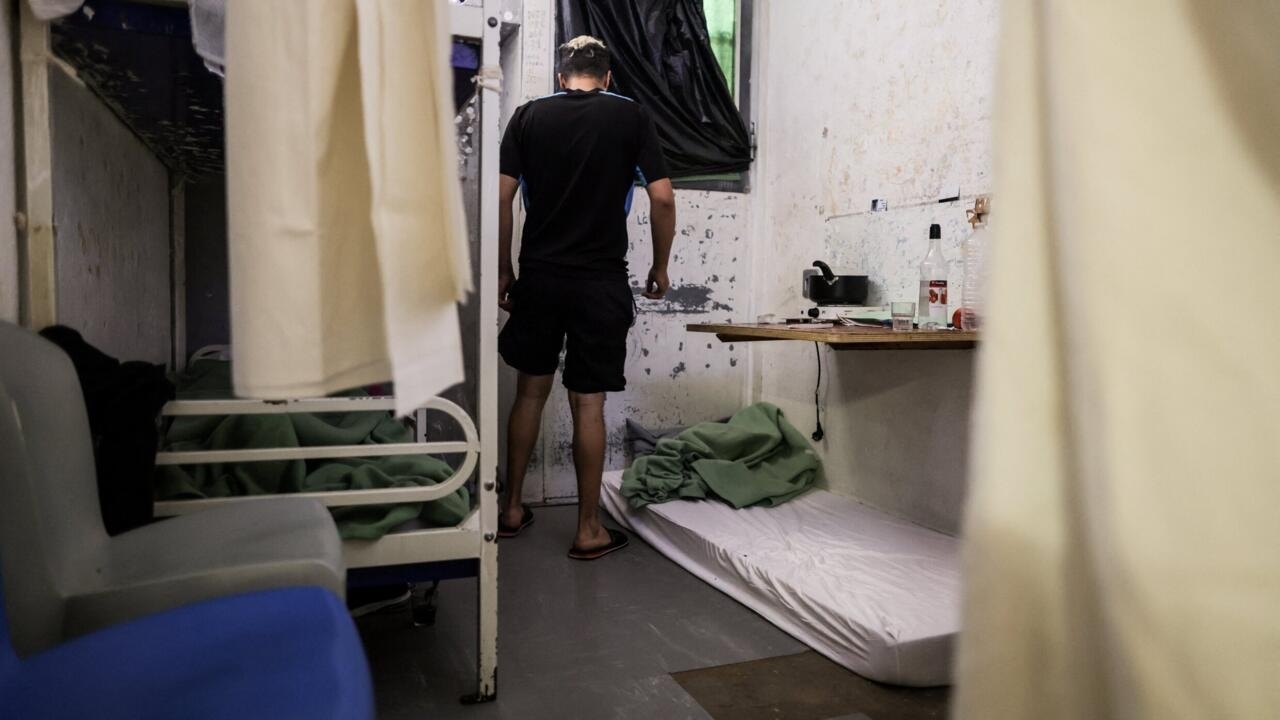
Records Broken
Prison overcrowding is back in the news again as new records are being quickly broken. Last Wednesday, there were 4,754 people in our prisons, the highest number of prisoners in the history of the State. The bad news does not stop there as experts suggest the prison population will hit, or even go beyond, 5,000 by the middle of 2024. New epochs in prison policy creep up slowly and then suddenly accelerate into being, leaving us wondering how we have arrived at this reality.
Reminiscent of homelessness, we are currently in a prison overcrowding crisis which will continue to deepen and we will quickly run out of language to accurately describe it and how it contravenes the rights of those accommodated within. Like the solutions being offered to address this ever-growing crisis, there is very little original to say.
More Prison Spaces
The Minister for Justice and her Department have previously announced plans for the creation of 620 new spaces, over the next five years, within the prison estate at Castlerea, Midlands, Cloverhill and Mountjoy prisons. It has to be presumed that any decisions to sign off on these plans were taken in advance of any analysis of the current situation in Limerick Prison. Both the men and women’s prison have had additional capacity opened—90 cells in the male prison and 22 cells in the female prison—in the past year, and now the new women’s prison is the most overcrowded in the State at 120% capacity. The shining light in our prison estate has quickly dulled.
It must be noted that the ‘building our way out’ approach is not a uniquely Irish solution. In other countries, new prisons are similarly presented to the public and media as the silver bullet. As a solution to Belgian prisons being some of the most overcrowded in Europe, their Government built Haren mega-prison, pitched as a more human form of detention to replace delapidated prisons in Saint-Gillies and Berkendael. A year after opening, the Haren project was deemed a failure with some prisoners being returned to their original prisons. Juliette Moreau of the Observatoire International des Prisons had a succinct explanation, “[i]f there is more space to lock up prisoners, there will only be more prisoners.”
A point-in-time look at prison overcrowding, like the important Irish Examiner reporting last week, can reveal the immediacy of the crisis; mattresses on floors, single-occupancy cells being doubled up and increasing time in lockback. When pressed the Government’s immediate response to this is the creation of more advisory groups— Prison Overcrowding Response Group, Penal Policy Consultative Council, etc. Taking the long view on prison overcrowding is even more revealing of Department inaction on overcrowding, a crisis well sign-posted by many.
Committee for Prevention of Torture Visit
Later in 2024, the Council of Europe’s Committee for the Prevention of Torture (CPT) will visit Ireland as part of its periodic inspection regime. Comprised of independent experts across many disciplines, the CPT last visited Irish places of detention in August 2019. While the CPT report is wide-ranging and considers many criteria for inspection, I want to focus solely on their 2019 assessment of overcrowding and the very different situation the CPT will likely encounter later in 2024.
At the beginning of their two-week investigation trip to Ireland, the prison population was 3,835 people, almost 1,000 less people than today. The CPT noted that “the most evident sign of local overcrowding is the fact that on any given night many prisoners (up to 40 during the first five months of 2019) have to sleep on mattresses on the floor of cells” and expressed concern that this was becoming normalised. They then recommended that “the Irish authorities take steps to tackle the phenomenon of local overcrowding in the prisons through promoting greater use of alternatives to imprisonment and remand detention, and notably as regards short sentences.” In Ireland’s Response Document, the aforementioned Penal Policy Consultative Council (still being proposed by the Minister just last week) was mentioned along with three reviews and an action plan. Strategic action was forthcoming, and then it wasn’t.
Looking to 2024 Visit
Fast forward five years, what are the CPT likely to find in relation to overcrowding when they visit Ireland later in 2024? In April last year, there were almost 200 prisoners on mattresses on floors, five times what the CPT experts found in 2019. During the summer, the Inspector of Prisons wrote specifically to the Minister for Justice about these “degrading conditions” as prisoners had to sleep on mattresses adjacent to toilets. By any criteria of inspection, the experience of imprisonment by many will have greatly deteriorated in the interim period.
Depending on the time of their visit, the prison population may have exceeded a previously unimaginable threshold of 5,000 prisoners accommodated in a system with a capacity of 4,500 beds. Undoubtedly, the capital plans to create an additional 620 cells over the next five years will be central to the State’s response to any finding. But CPT investigators will not be so easily swayed by this as the lessons of Haren prison internationally and Limerick Women’s prison much closer to home are clear. More spaces will only create more prisoners!

